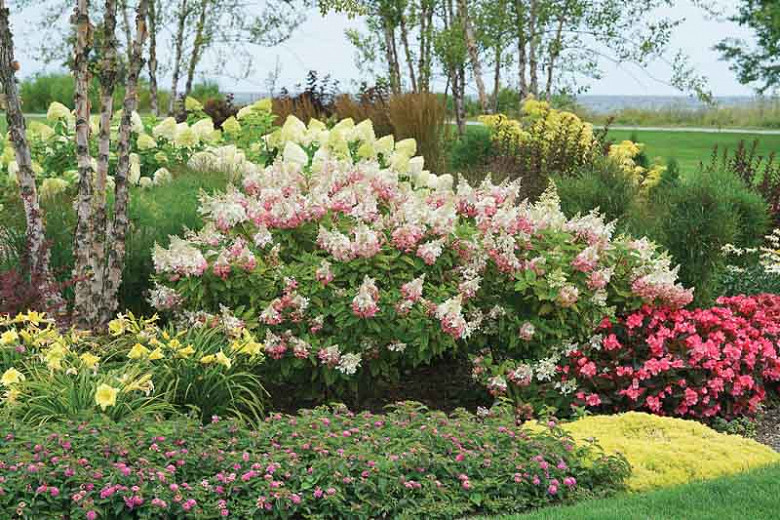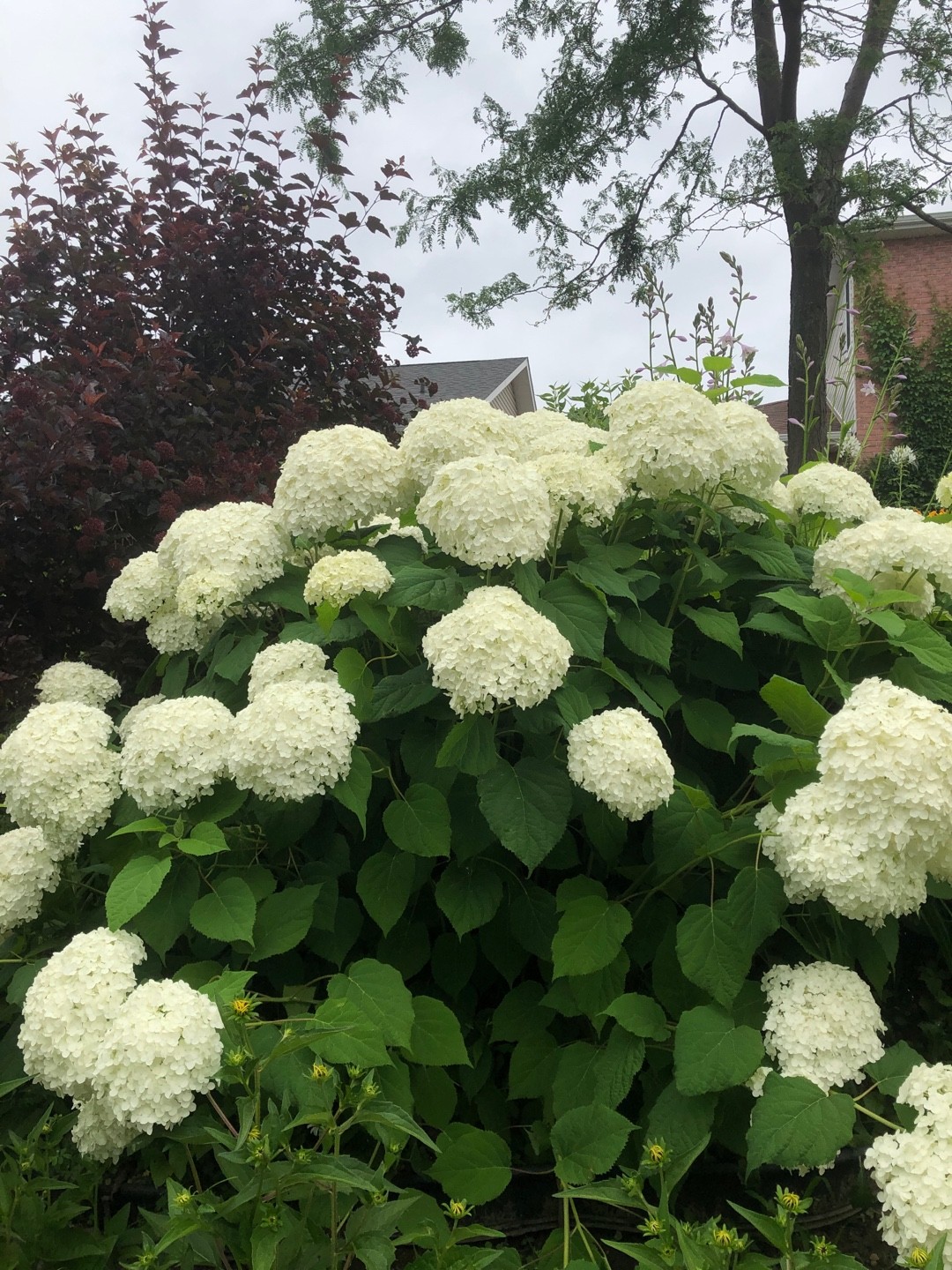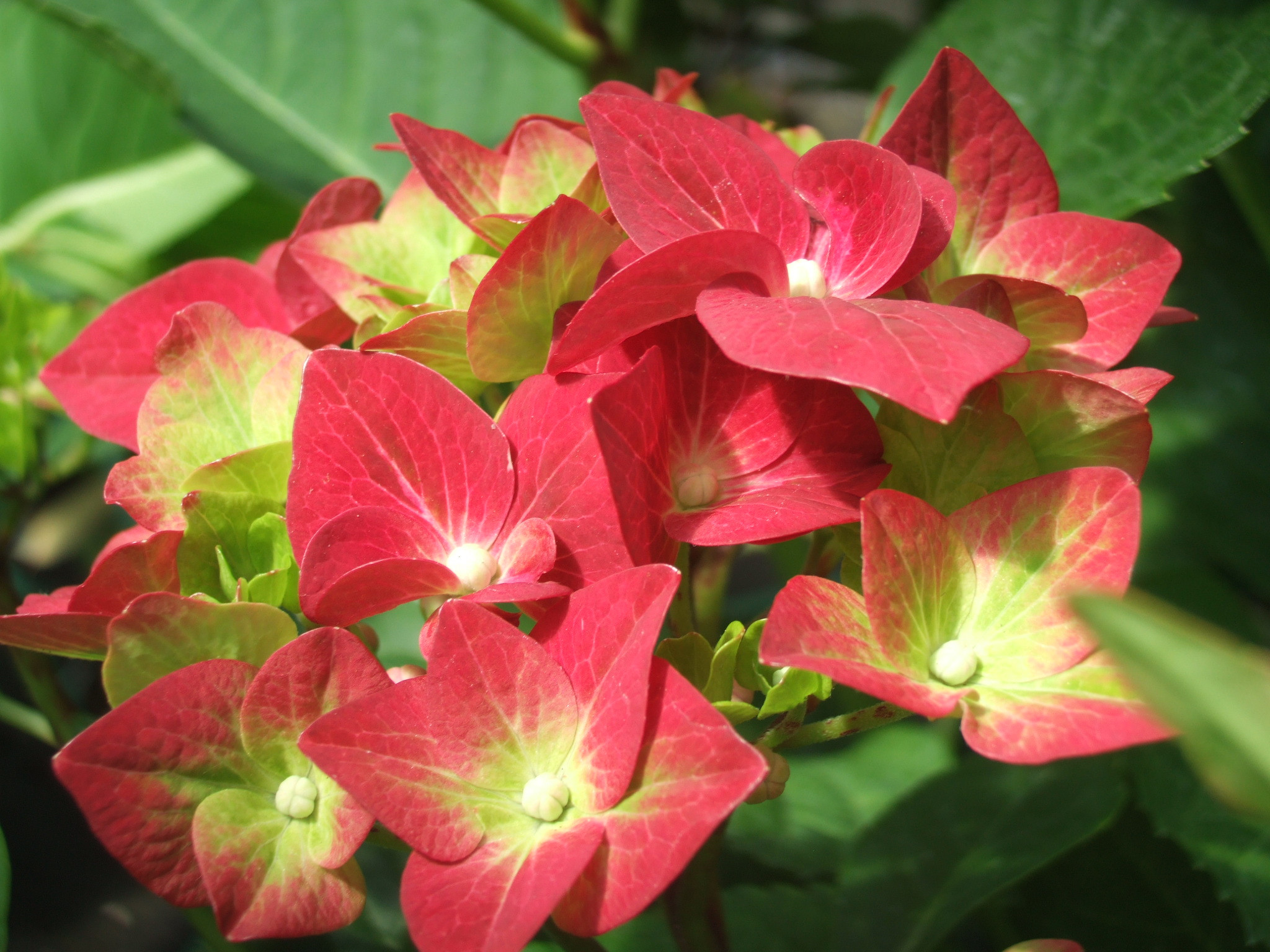The Hydrangea Rose: A Beautiful And Hardy Flower
Hydrangeas are some of the most popular flowers in the world, and for good reason. They come in a wide variety of colors, sizes, and shapes, and they can be grown in a variety of climates. But did you know that there is a type of hydrangea that looks like a rose?
The hydrangea rose, also known as Schizophragma hydrangeoides, is a deciduous vine that is native to eastern Asia. It can grow up to 30 feet long and produces clusters of pink or white flowers that resemble roses. The flowers are fragrant and attract pollinators, making the hydrangea rose a valuable addition to any garden.
In addition to its beautiful flowers, the hydrangea rose is also a very hardy plant. It can tolerate a wide range of temperatures and soils, and it is relatively resistant to pests and diseases. This makes it a good choice for gardeners who live in difficult climates or who do not have a lot of time to spend on gardening.
If you are looking for a beautiful and easy-care flower to add to your garden, the hydrangea rose is a great option. It is sure to add a touch of elegance to your landscape.
Main Content
Where to Grow Hydrangea Roses
Hydrangea roses can be grown in USDA hardiness zones 4-9. They prefer full sun to partial shade and moist, well-drained soil. The soil pH should be between 6.5 and 7.5.
How to Plant Hydrangea Roses
Hydrangea roses can be planted in the spring or fall. When planting, dig a hole that is twice as wide and as deep as the root ball. Backfill the hole with soil, tamping it down gently. Water the plant thoroughly.
How to Care for Hydrangea Roses
Hydrangea roses are relatively low-maintenance plants. They need to be watered regularly, especially during hot, dry weather. They should also be fertilized once a month during the growing season with a balanced fertilizer.
In the fall, after the leaves have fallen, you can prune hydrangea roses to shape them and remove any dead or damaged branches. You can also prune them to encourage new growth.
How to Overwinter Hydrangea Roses
In colder climates, hydrangea roses may need to be protected from the cold. You can do this by wrapping the plant with burlap or by covering it with a cloche. You may also need to water the plant more frequently during the winter months.
Problems with Hydrangea Roses
Hydrangea roses are generally resistant to pests and diseases. However, they may be susceptible to powdery mildew, especially in humid climates. If you see powdery mildew on your hydrangea roses, you can treat it with a fungicide.
Propagation of Hydrangea Roses
Hydrangea roses can be propagated by cuttings or by division. To propagate by cuttings, take 4-6 inch cuttings in the spring or early summer. Remove the lower leaves from the cuttings and dip them in rooting hormone. Plant the cuttings in a pot of moist potting mix and keep the soil moist. The cuttings should root in about 4-6 weeks.
To propagate by division, dig up the hydrangea rose plant in the spring or fall. Use a sharp knife to divide the plant into two or more sections. Each section should have at least one healthy root. Plant the divisions in separate pots or in the garden.
Conclusion
Hydrangea roses are beautiful and hardy flowers that are easy to care for. They are a great choice for gardeners of all skill levels. If you are looking for a flower that will add a touch of elegance to your garden, the hydrangea rose is a great option.
Hydrangea roses are beautiful flowers that are a cross between hydrangeas and roses. They have the large, showy blooms of hydrangeas, but the delicate petals of roses. Hydrangea roses come in a variety of colors, including pink, white, blue, and purple. They are relatively easy to care for and can be grown in USDA zones 4-9.
If you are interested in learning more about hydrangea roses, I recommend visiting . This website has a wealth of information about hydrangea roses, including their history, care, and cultivation. You can also find photos and videos of hydrangea roses, as well as tips on how to grow them in your own garden.
FAQ of hydrangea rose
1. What is a hydrangea rose?
A hydrangea rose is a type of hydrangea that blooms with large, showy flowers that resemble roses. It is a deciduous shrub that grows in USDA hardiness zones 5-9. Hydrangea roses are known for their long blooming period, which can last for several months. They are also relatively easy to care for, making them a popular choice for gardeners of all skill levels.
2. How do I plant a hydrangea rose?
Hydrangea roses prefer full sun to partial shade and well-drained soil. They should be planted in the spring or fall. When planting, dig a hole that is twice the width of the root ball and slightly deeper. Backfill the hole with soil, tamping it down gently. Water the plant well and mulch around the base to help retain moisture.
3. How do I care for a hydrangea rose?
Hydrangea roses need regular watering, especially during hot, dry weather. They should also be fertilized once a month during the growing season. In the fall, prune the plant to remove dead or damaged branches. Hydrangea roses are relatively pest- and disease-resistant, but they may be susceptible to powdery mildew. If you notice powdery mildew, treat the plant with a fungicide according to the label directions.
4. How do I propagate a hydrangea rose?
Hydrangea roses can be propagated from stem cuttings. To take a cutting, choose a healthy stem that is about 6 inches long. Make a clean cut just below a node. Remove the bottom leaves from the cutting and dip the end in rooting hormone. Plant the cutting in a pot of well-draining potting mix. Keep the potting mix moist and place the pot in a warm, shady location. The cutting should root in about 6 weeks.
5. How do I get my hydrangea rose to bloom?
The color of hydrangea rose blooms depends on the acidity of the soil. In acidic soil, the flowers will be blue or purple. In alkaline soil, the flowers will be pink or red. To change the color of your hydrangea rose blooms, you can adjust the pH of the soil. To make the soil more acidic, add sulfur or aluminum sulfate. To make the soil more alkaline, add lime.
Image of hydrangea rose
5 different images of "hydrangea rose" from Pinterest:
- Hydrangea paniculata 'Pinky Winky' is a pink hydrangea with large, cone-shaped blooms. The flowers have a light, sweet fragrance and bloom from late summer to early fall.

- Hydrangea macrophylla 'Nikko Blue' is a blue hydrangea with large, round blooms. The flowers have a slightly sweet fragrance and bloom from late spring to early fall.
- Hydrangea arborescens 'Annabelle' is a white hydrangea with large, lacecap blooms. The flowers have a light, sweet fragrance and bloom from late spring to early fall.

- Hydrangea quercifolia 'PeeGee' is a lacecap hydrangea with pink and green blooms. The flowers have a light, sweet fragrance and bloom from late spring to early fall.

- Hydrangea macrophylla 'Green Shadow' is a green hydrangea with large, round blooms. The flowers have a slightly sweet fragrance and bloom from late spring to early fall.


Post a Comment for "The Hydrangea Rose: A Beautiful And Hardy Flower"